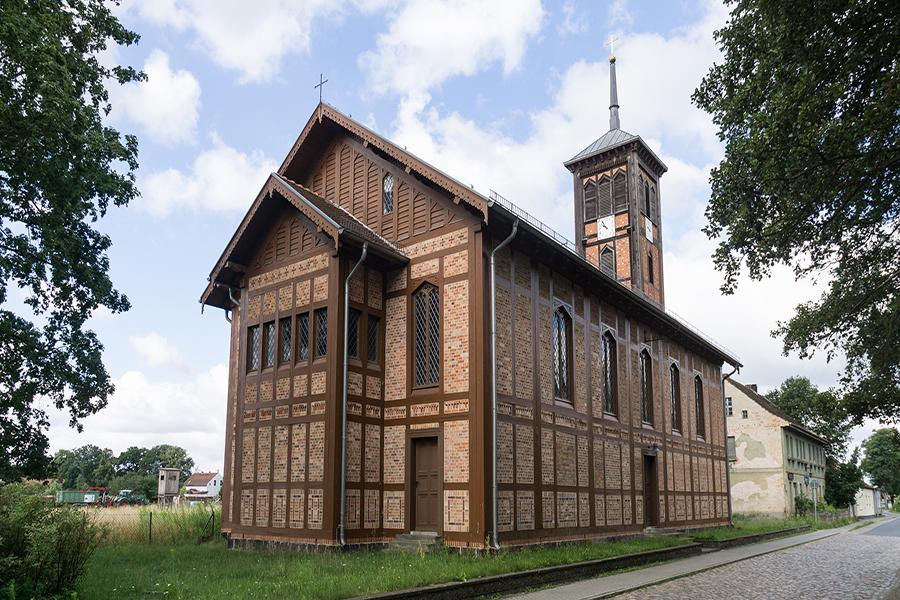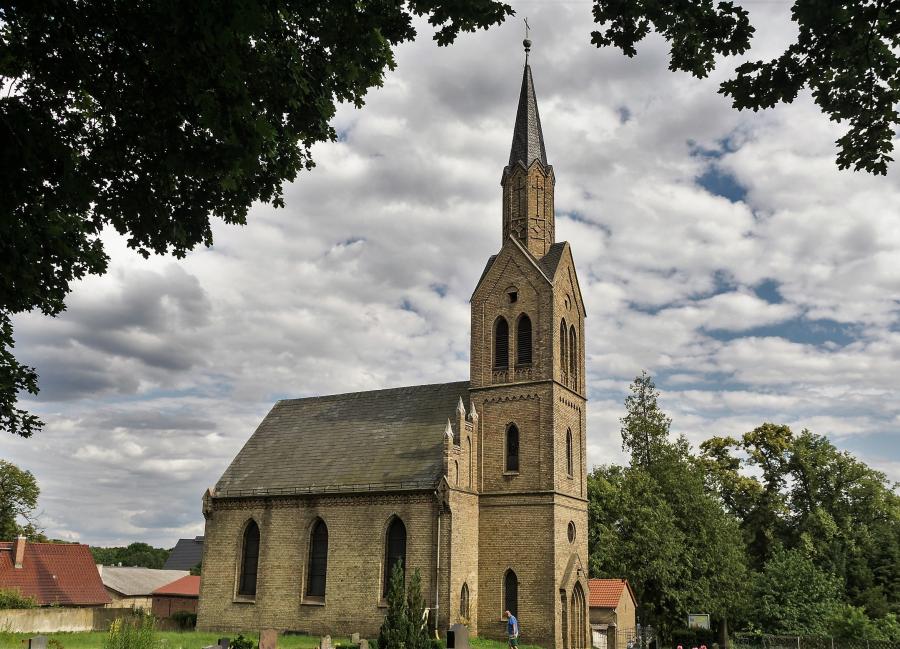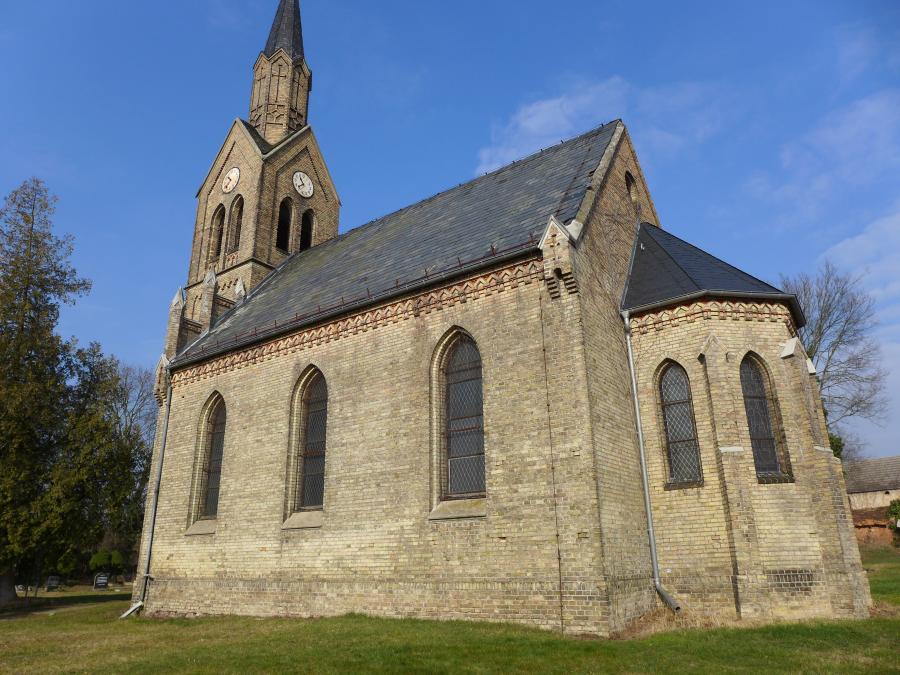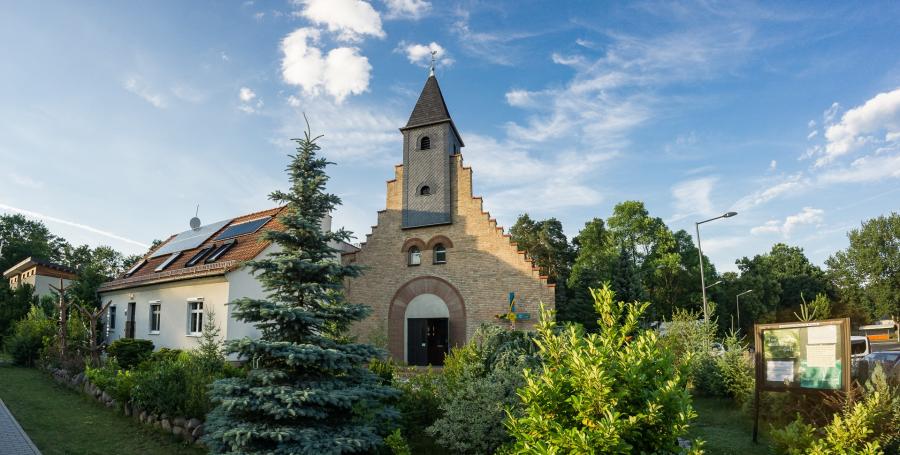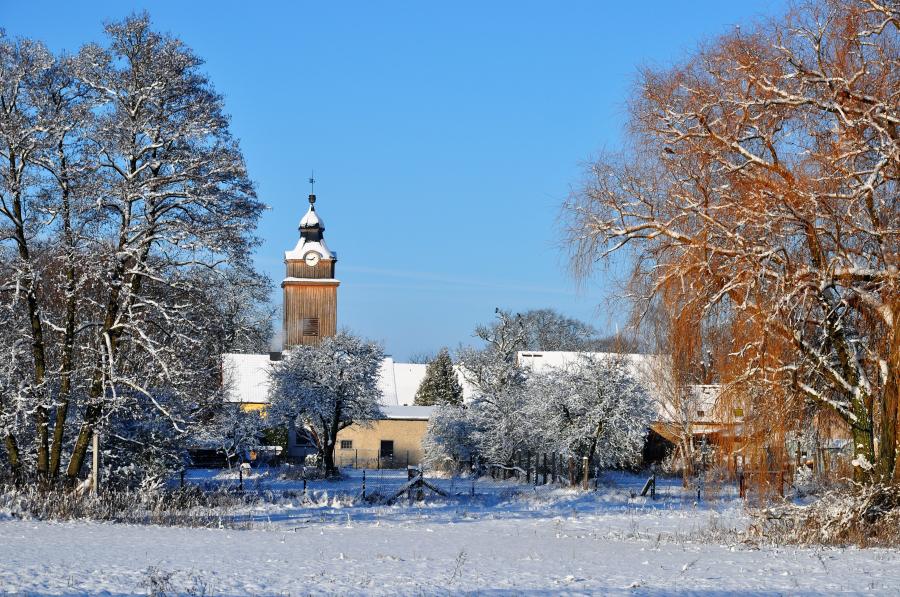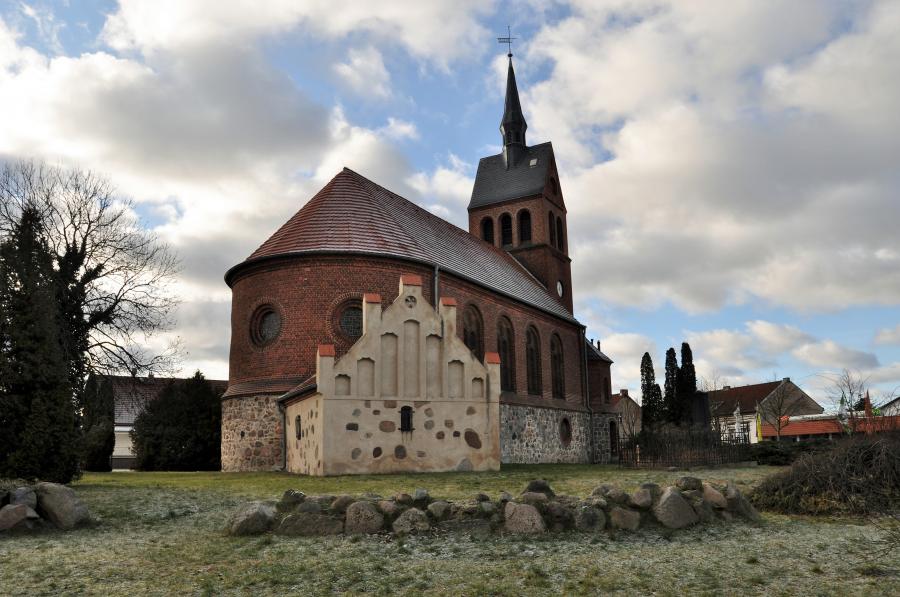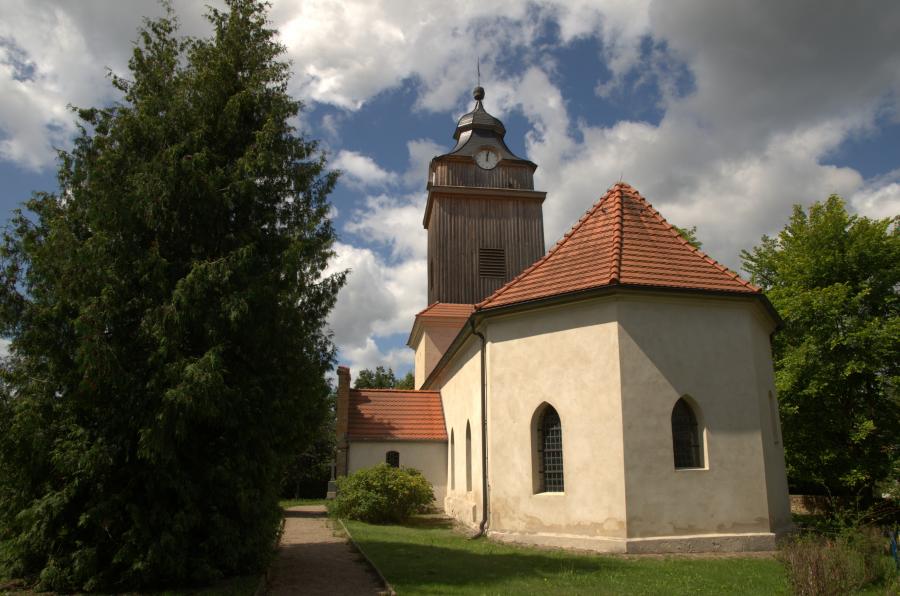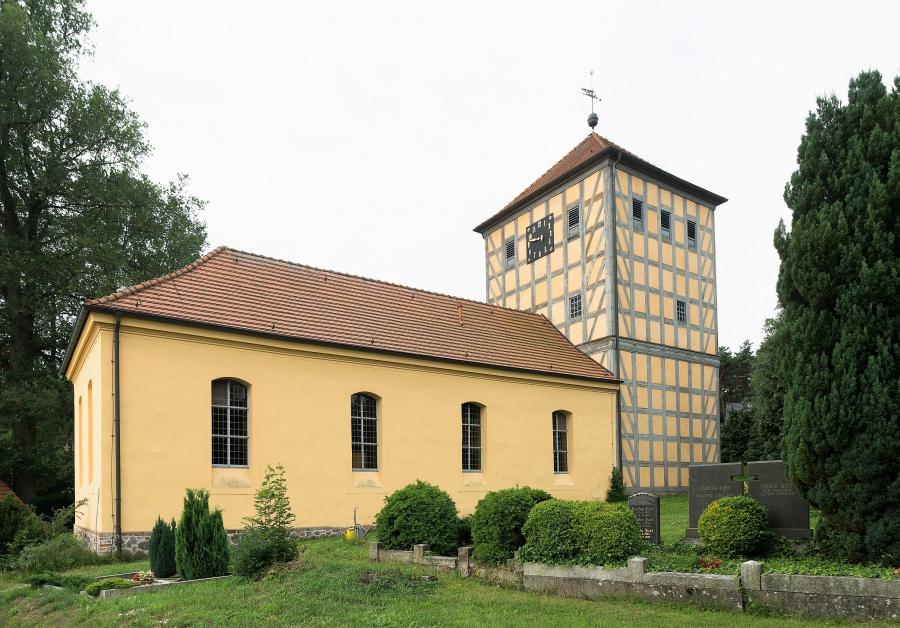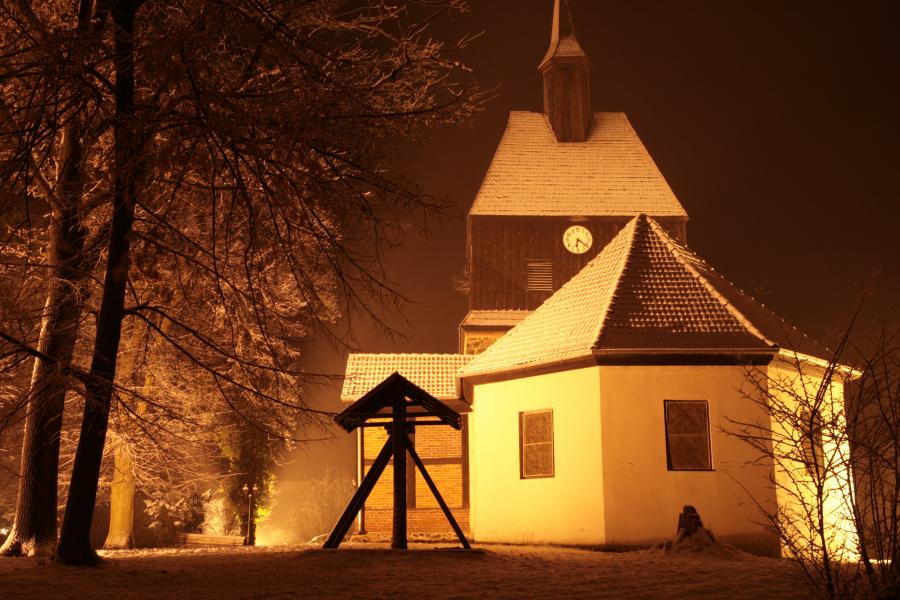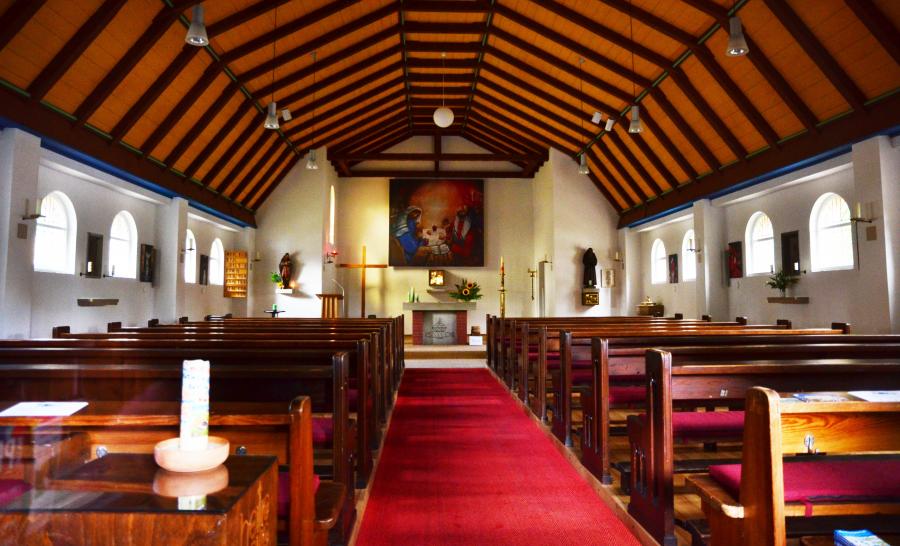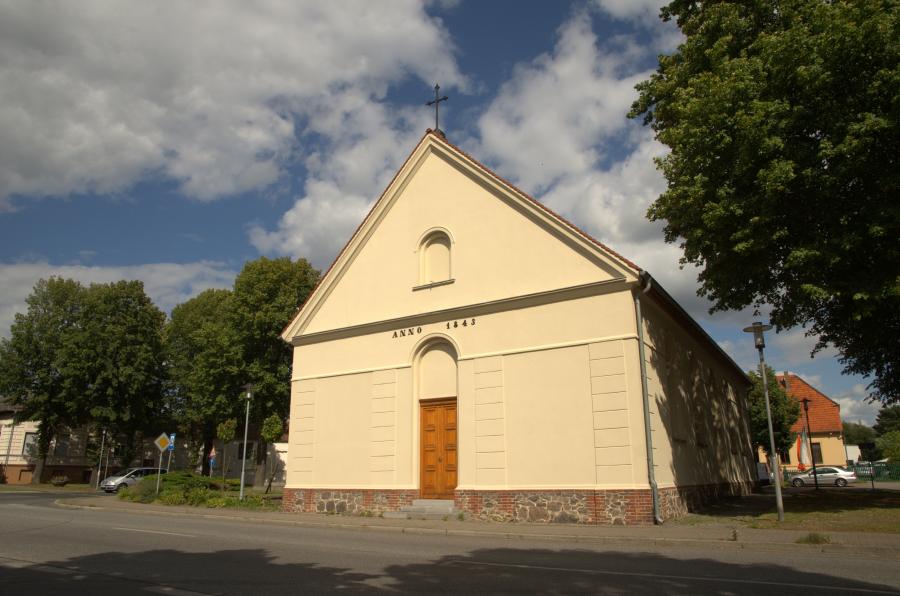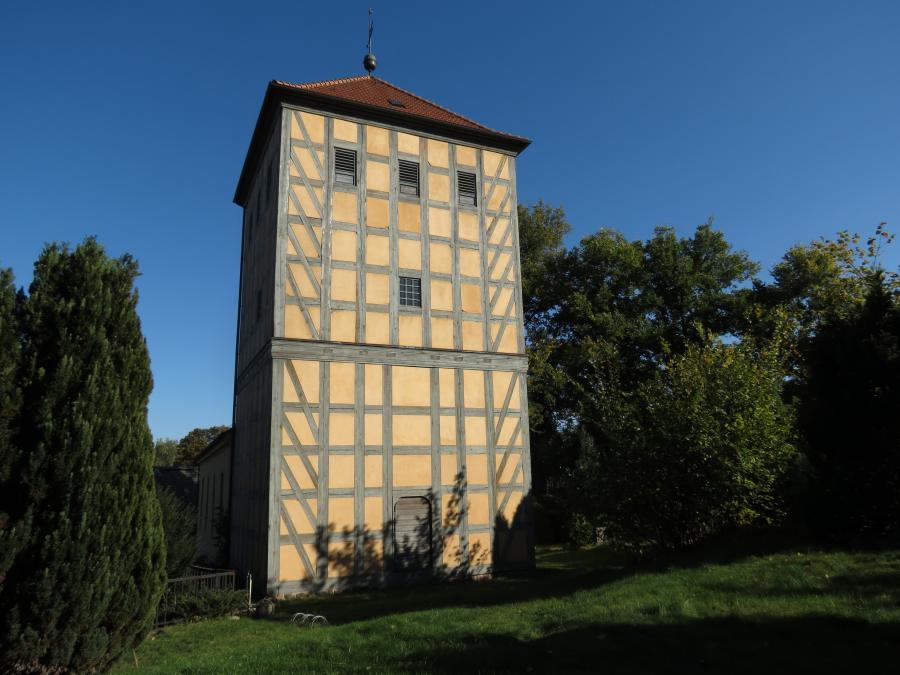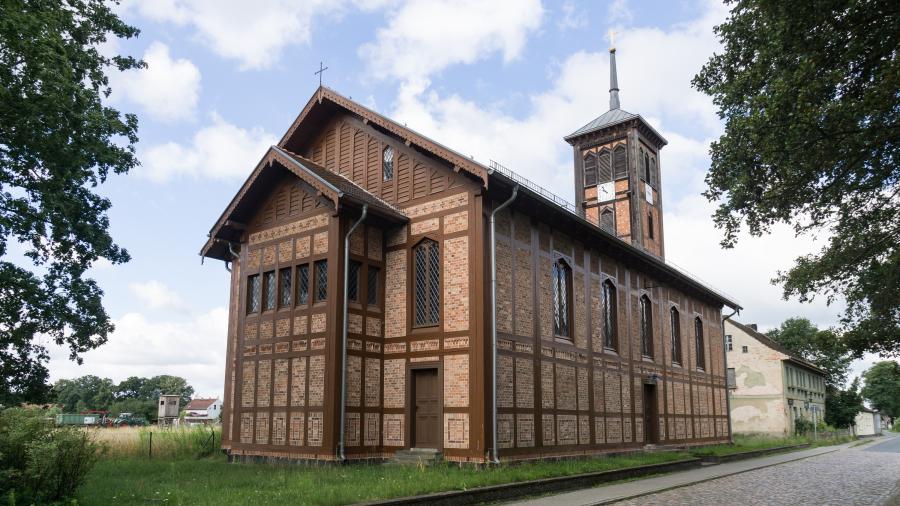Churches
Our municipality of Wandlitz boasts a long historical, but also church, tradition – thanks to Brandenburg’s settlement history. To this day, every urban district has its own Protestant church, and Wandlitz also has a Catholic church, which was built at Lake Wandlitzsee. This heritage as a cultural and religious centre is preserved by the church communities and sponsor association, and has been actively supported by the municipality of Wandlitz for years.
Our churches are open to visit and offer a plethora of cultural attractions, with exhibitions, choral concerts and music concerts attracting scores of guests with their unique atmosphere.
Basdorf village church
Basdorf’s church was built out of a predecessor structure around the year 1500. It was erected as a religious building by the Cistercian monks from Lehnin Monastery. In 1737, the hall church was extended to include a square western tower with baroque dome, bearing a clock face on all four sides. A Neo-Gothic porch was built in front of the southern entrance in 1860, based on designs by Karl Friedrich Schinkel. Inside, the church boasts striking stellar rib vaulting.
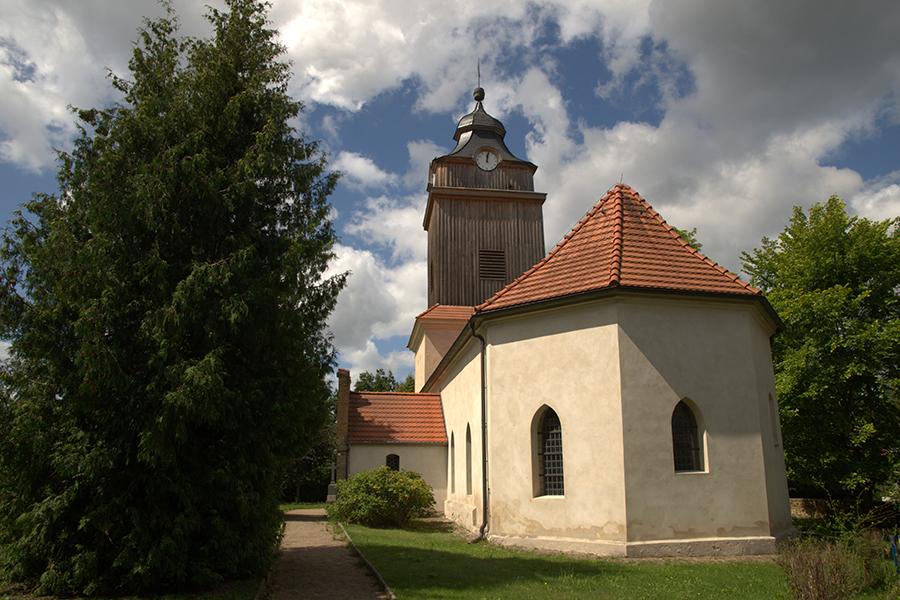
Klosterfelde village church
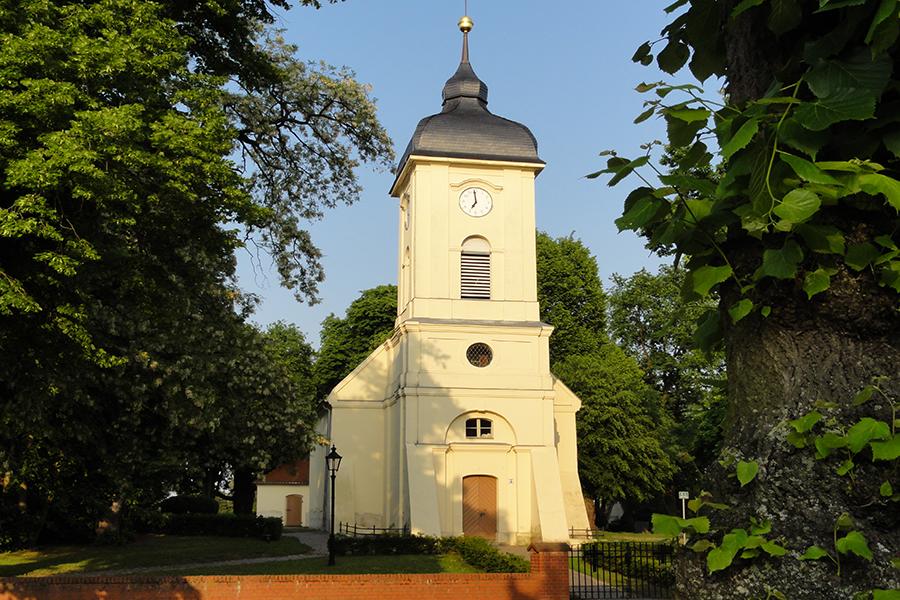
Prenden village church
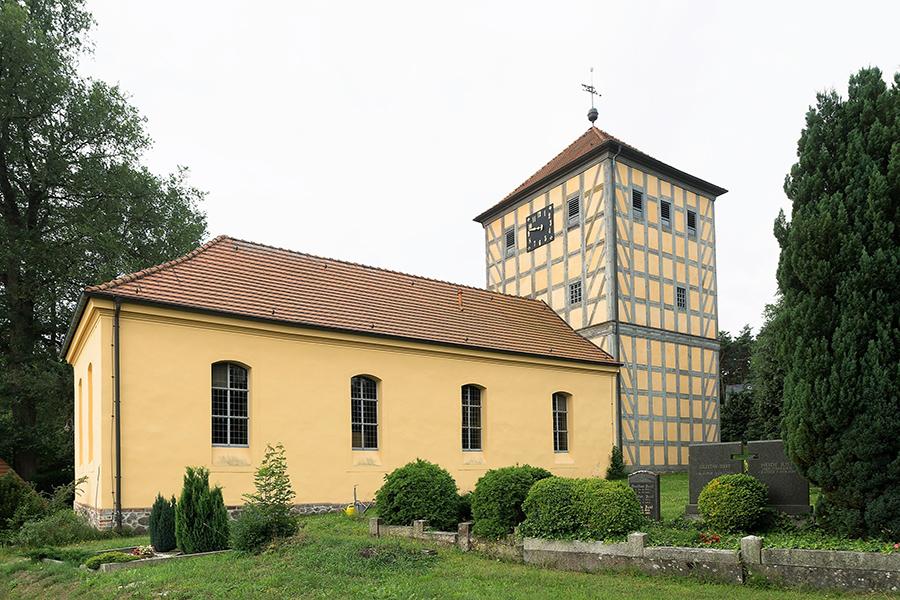
Lanke village church
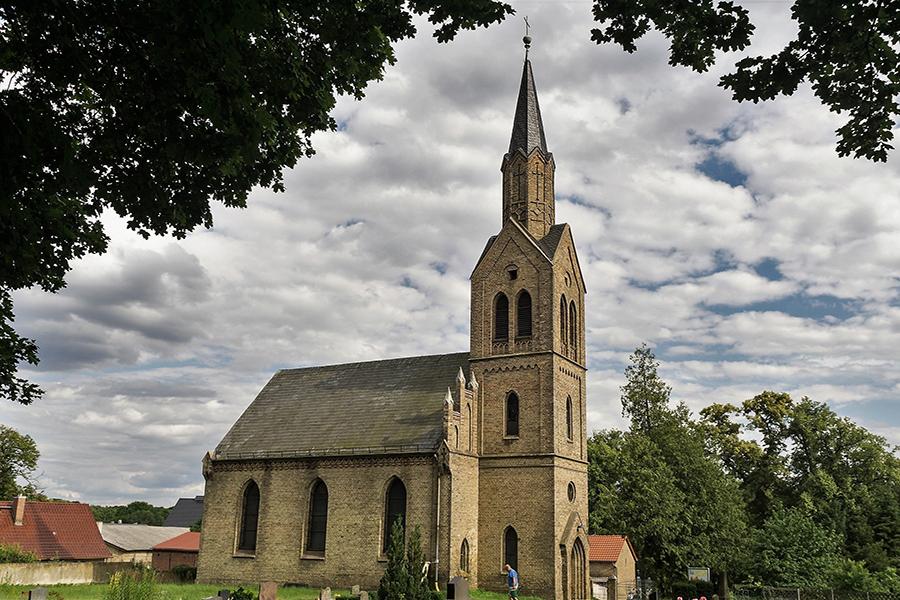
Schönerlinde village church

Schönwalde village church

Stolzenhagen village church
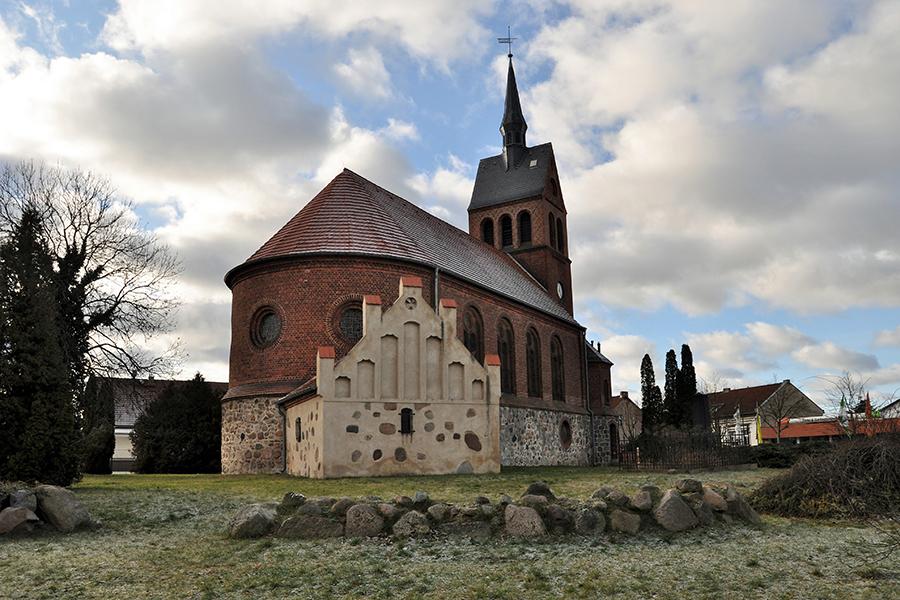
Wandlitz village church
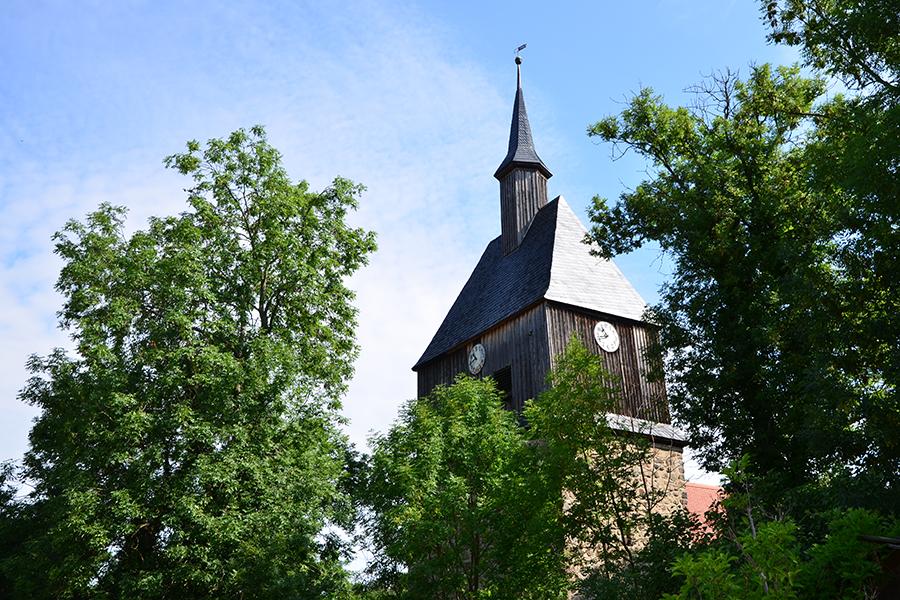
St Conrad’s Church, Wandlitz
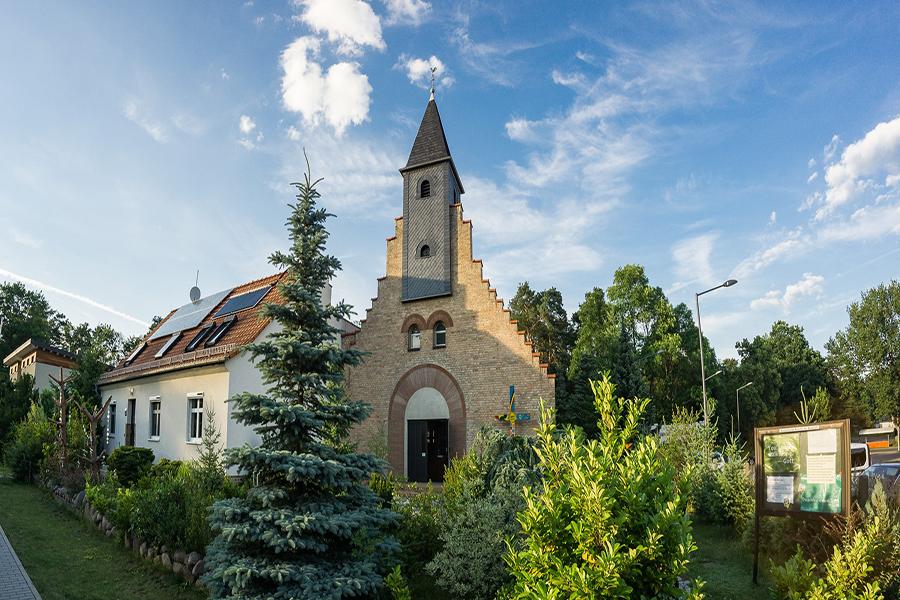
Zerpenschleuse village church
